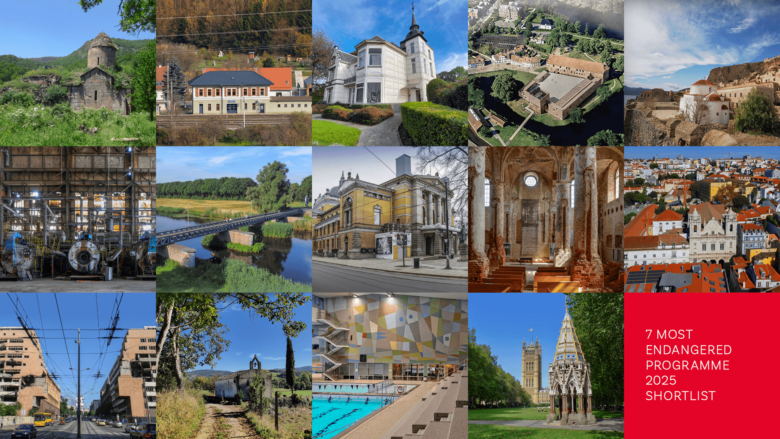We use cookies to help you navigate efficiently and perform certain functions. You will find detailed information about all cookies under each consent category below.
The cookies that are categorized as "Necessary" are stored on your browser as they are essential for enabling the basic functionalities of the site. ...
Necessary cookies are required to enable the basic features of this site, such as providing secure log-in or adjusting your consent preferences. These cookies do not store any personally identifiable data.
Functional cookies help perform certain functionalities like sharing the content of the website on social media platforms, collecting feedback, and other third-party features.
Analytical cookies are used to understand how visitors interact with the website. These cookies help provide information on metrics such as the number of visitors, bounce rate, traffic source, etc.
Performance cookies are used to understand and analyze the key performance indexes of the website which helps in delivering a better user experience for the visitors.
Advertisement cookies are used to provide visitors with customized advertisements based on the pages you visited previously and to analyze the effectiveness of the ad campaigns.
On 30th January 2025, Europa Nostra announced 14 heritage sites that have been selected for this year’s edition of the 7 Most Endangered Programme. Among the nominees is one site from Poland – the Great Synagogue in Orla.
The synagogue, located near the border with Belarus, was built in the second half of the 17th century and is a significant element of the local Jewish heritage. Its interior, rich in Baroque and Renaissance features, reflects the high status of the local Jewish community. Unfortunately, due to the tragic events of the Second World War, the site was destroyed, and many of its furnishings did not survive.
Years of neglect have resulted in the building now requiring comprehensive renovation, and efforts to restore it are crucial for preserving cultural heritage and supporting the local community. This nomination, submitted by the Future of Religious Heritage (FRH), aims to mobilise support for the preservation of this important place. The Great Synagogue in Orla is not only a symbol of a rich history but also a driving force for local socio-economic development. Its restoration has the potential to unite the residents of Poland, Belarus, and Ukraine and to restore the memory of Jewish culture, which was a key element of the region’s identity.

Photo © Krzysztof Bielawski
Other nominees for this year’s 7 Most Endangered Programme include the Arakelots Monastery and Settlement in Armenia, the Mixnitz-Bärenschützklamm railway station in Austria, and the Generalštab modernist complex in Belgrade.
The shortlisted heritage sites are threatened by demolition, unsuitable development, lack of funding, or neglect. We strongly support the activists and communities who are fully committed to saving these sites. It is our shared responsibility to preserve and enhance Europe’s treasures. Our heritage is instrumental in building a more peaceful, cohesive and sustainable future – emphasised Professor Hermann Parzinger, Executive President of Europa Nostra.
We encourage you to follow further information regarding the 7 Most Endangered Programme and to support efforts to save the Great Synagogue in Orla. Together, we can contribute to the protection and restoration of our shared cultural heritage. More information about the programme and endangered sites across Europe can be found on the Europa Nostra website
The 7 Most Endangered Programme, launched in 2013, is conducted by Europa Nostra in collaboration with the European Investment Bank (EIB). It also receives support from the European Union’s Creative Europe programme as part of the network project Europa Nostra – Agora of European Cultural Heritage. The programme is a civil society campaign aimed at saving Europe’s endangered heritage. This initiative raises awareness, conducts independent expert assessments, formulates recommendations for further actions, and fosters support for the preservation of selected endangered sites. Being listed as one of the 7 Most Endangered often catalyses positive change and encourages the mobilisation of necessary public or private support, including financial assistance. The listed sites are also eligible for EIB heritage grants of up to €10,000 per selected site, which will help implement agreed-upon actions aimed at rescuing endangered locations. More information about the programme and endangered heritage sites in Europe can be found on the Europa Nostra website.
